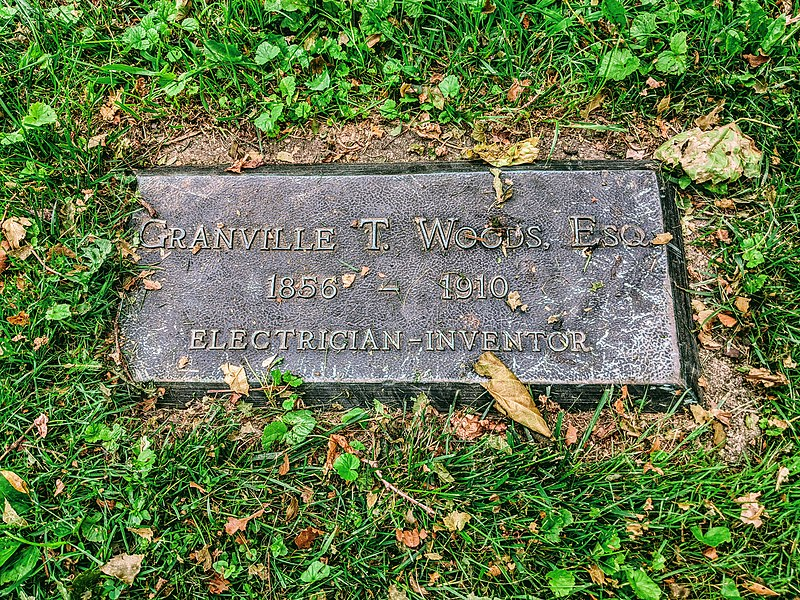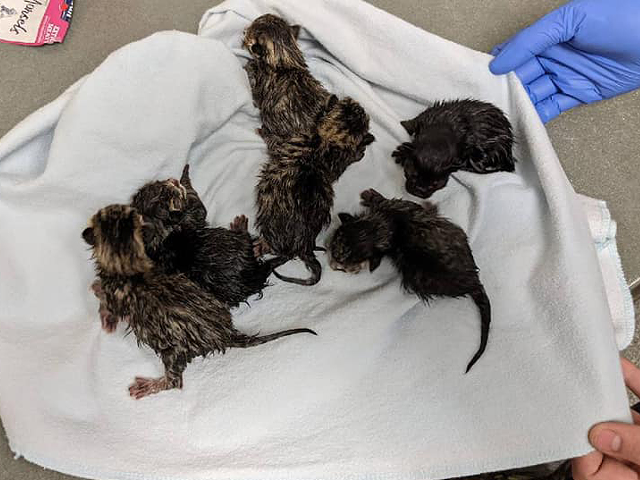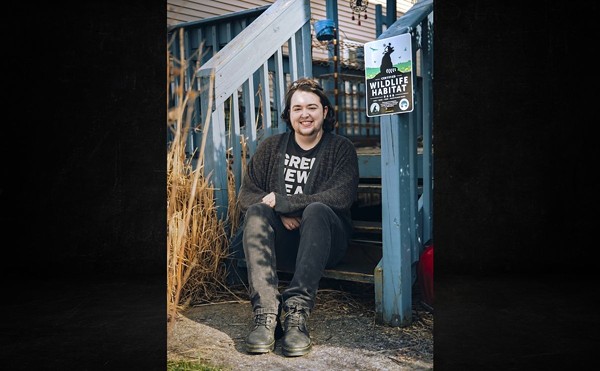Happy National Inventors' Day!
What? You didn't know?
U.S. President Ronald Reagan declared Feb. 11 as National Inventors' Day in 1983 to celebrate Thomas Edison’s birthday. Edison had more than 1,000 patents throughout his lifetime, with some of his more notable inventions being the phonograph, dictaphone and incandescent light bulb.
Edison was born in Milan, Ohio, just four hours from the Queen City. Cincinnati is no stranger to invention and innovation, itself. The Inventor’s Council of Cincinnati is a local nonprofit “dedicated to helping people express their creativity through the development and marketing of new products,” its website says. The organization knows how to develop and protect ideas and is helping Cincinnatians get their ideas off the ground.
According to a 2020 report from the U.S. Patent & Trademark Office, Cincinnati-based Procter & Gamble has the nation’s highest rate of women inventors. P&G, which makes products such as Pepto-Bismol, Crest toothpaste and Vicks cold medicine, has a 29.3% average women inventor rate. Only three companies on the list have a rate higher 20%.
With these kinds of numbers, it’s no wonder Cincinnati has been a hotspot for inventors over the years. In honor of National Inventors' Day, check out a few notable names from Greater Cincinnati who helped develop useful, creative or wacky items for locals and beyond.
Granville T. Woods
Granville T. Woods, who moved to Cincinnati in 1880, was an established engineer and inventor. He invented the Synchronous Multiplex Railway Telegraph and patented it in 1887, while still living in the Queen City. The system allowed train stations and moving trains to communicate by using a coiled wire under the train to create a magnetic field. Over the course of his career, Woods had more than 50 patents for inventions, including an egg incubator, automatic brake and steam boiler furnace.
Joseph and Noah McVicker
Joseph McVicker was born in 1929 and was hired to head Kutol Products Company in Cincinnati after the death of his father in 1949. The company made soap and wallpaper cleaner, and McVicker realized the wallpaper cleaner could be used as a modeling clay. He called this clay Play-Doh. In 1956, Joseph and his uncle Noah began the Rainbow Crafts Company, Inc., with the purpose of manufacturing and selling Play-Doh. Joseph retired in the 1960s as a millionaire.
George Sperti
George Sperti was born in Covington in 1900 and attended the University of Cincinnati. He is most known for inventing Preparation H hemorrhoid medication, but he obtained more than 127 patents for various inventions, including Aspercreme for pain relief and the Sperti Ultraviolet lamp. The lamp added Vitamin D to milk without changing its flavor and was sold to General Foods for $300,000. As the director of the research library at UC, he donated most of the money he made from patents back to the school and to the Institutum Divi-Thomae, which he co-founded as a cancer research center.
Ann More
Ann More went to the University of Cincinnati and ended up teaching pediatric nursing at the Babies Hospital of Columbia University in New York City. After visiting Togo in 1952 with the Peace Corps, More observed that all the babies were carried on the mother’s back. After returning to the United States, More birthed her own daughter, Mandela, and developed the Snugli. It was modeled after the African method of holding the baby, and by 1969 More had been granted a patent for the Snugli. By 1985, when More sold the company, over 1.5 million babies were carried in a Snugli.
Ted McCarty
Ted McCarty was born in Somerset, Kentucky, and earned an engineering degree from the University of Cincinnati. In 1948, he was hired by Gibson Guitars and named the company's president in1950. During his time there, the Gibson Les Paul was designed. McCarty also developed the humbucking pickup, Tune-o-matic bridge system and many of Gibson’s other iconic guitars. Though he never played the guitar, his period at Gibson became known as “Gibson’s golden age of electric guitars.”






